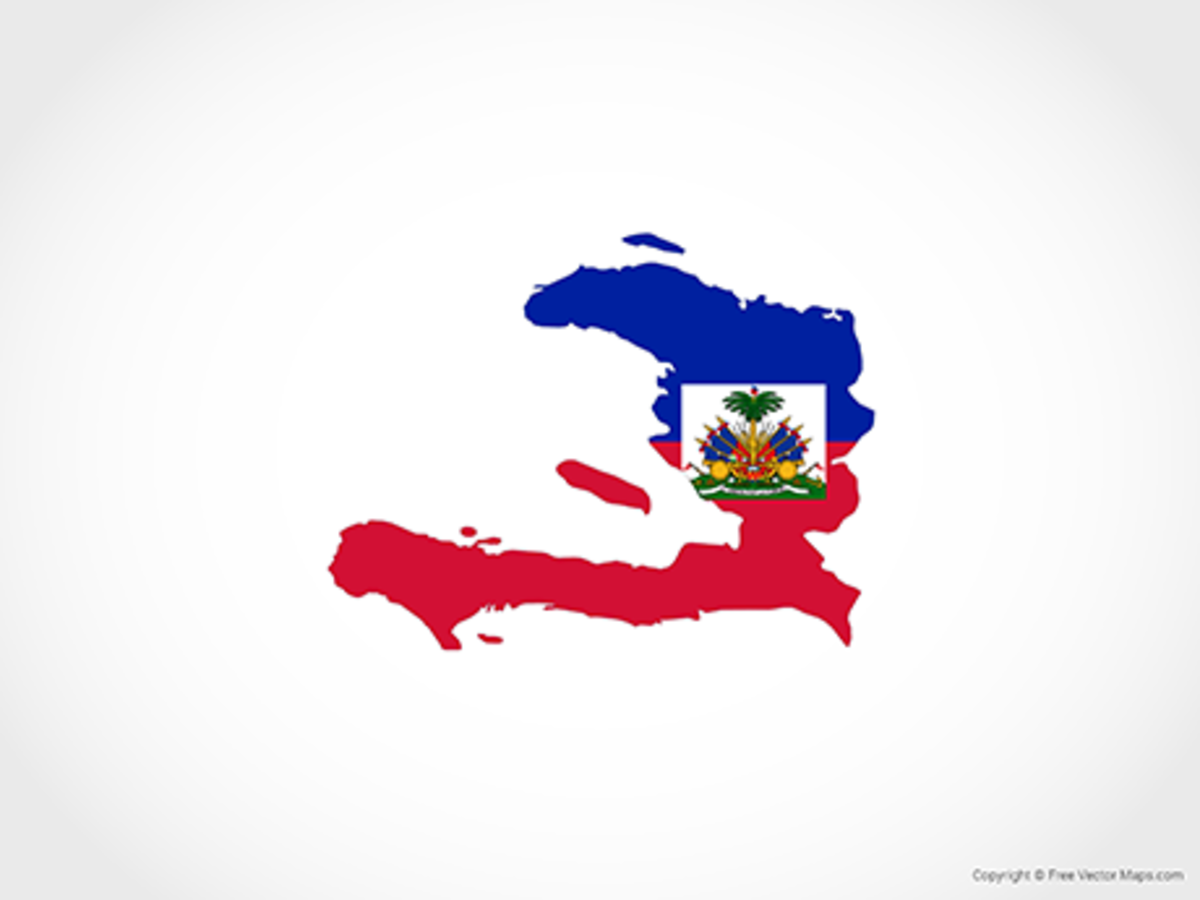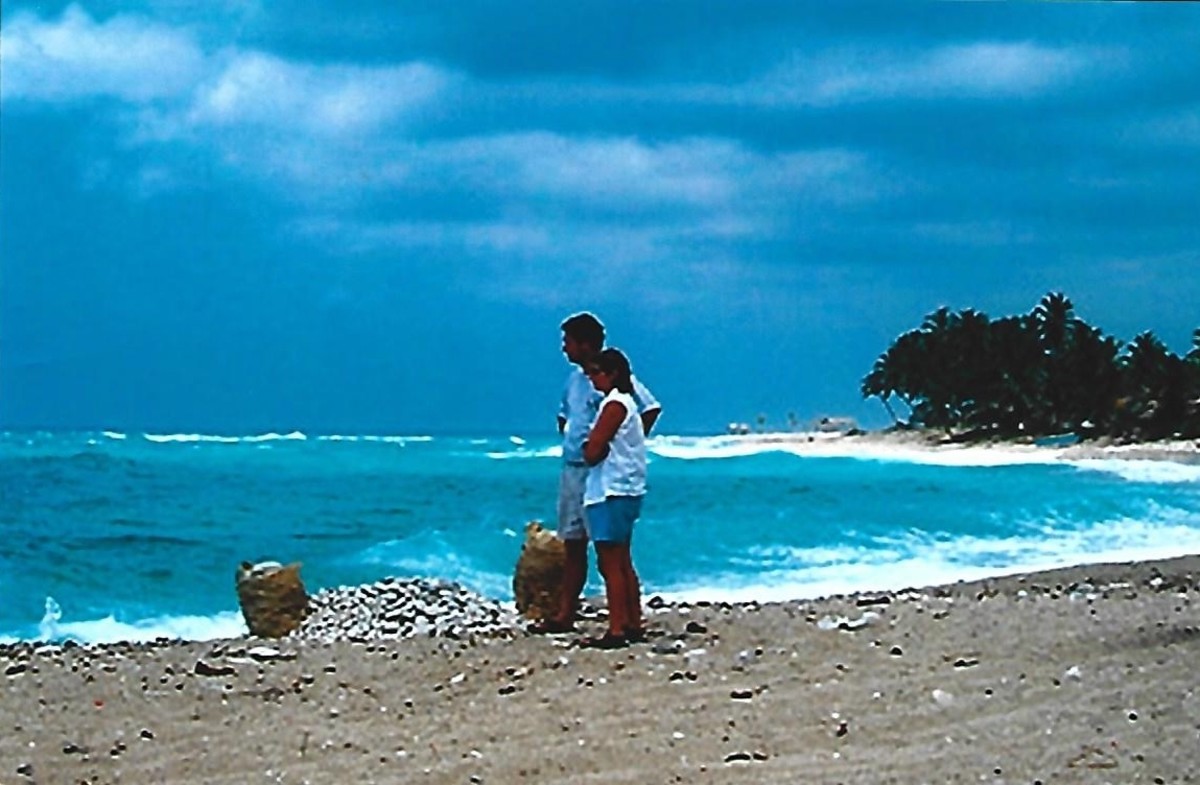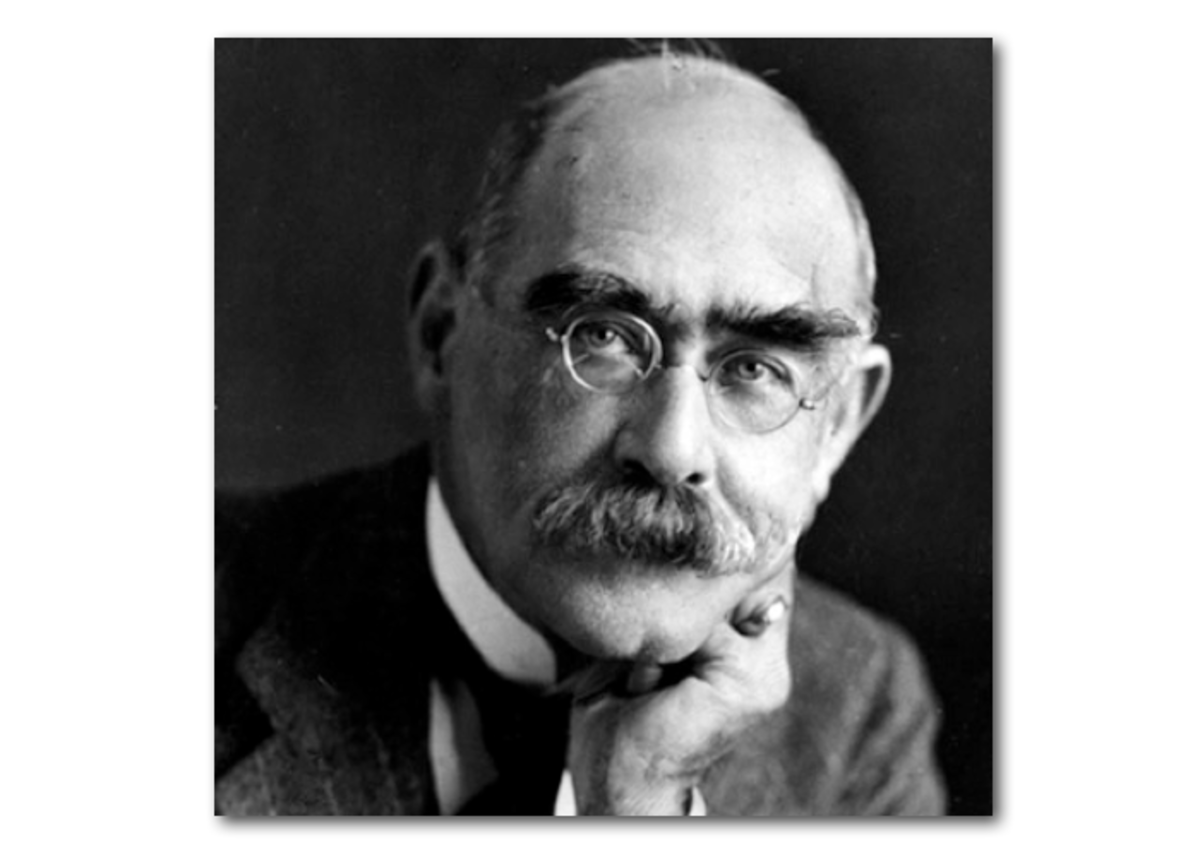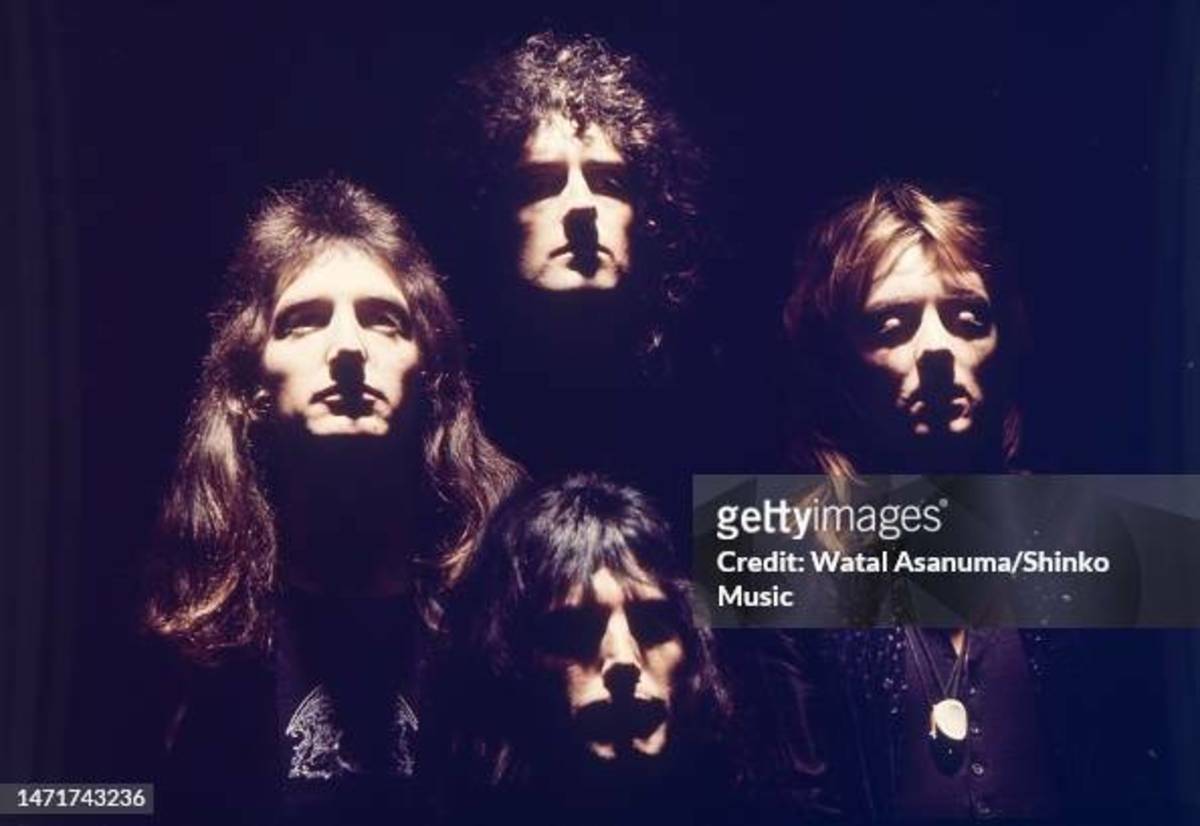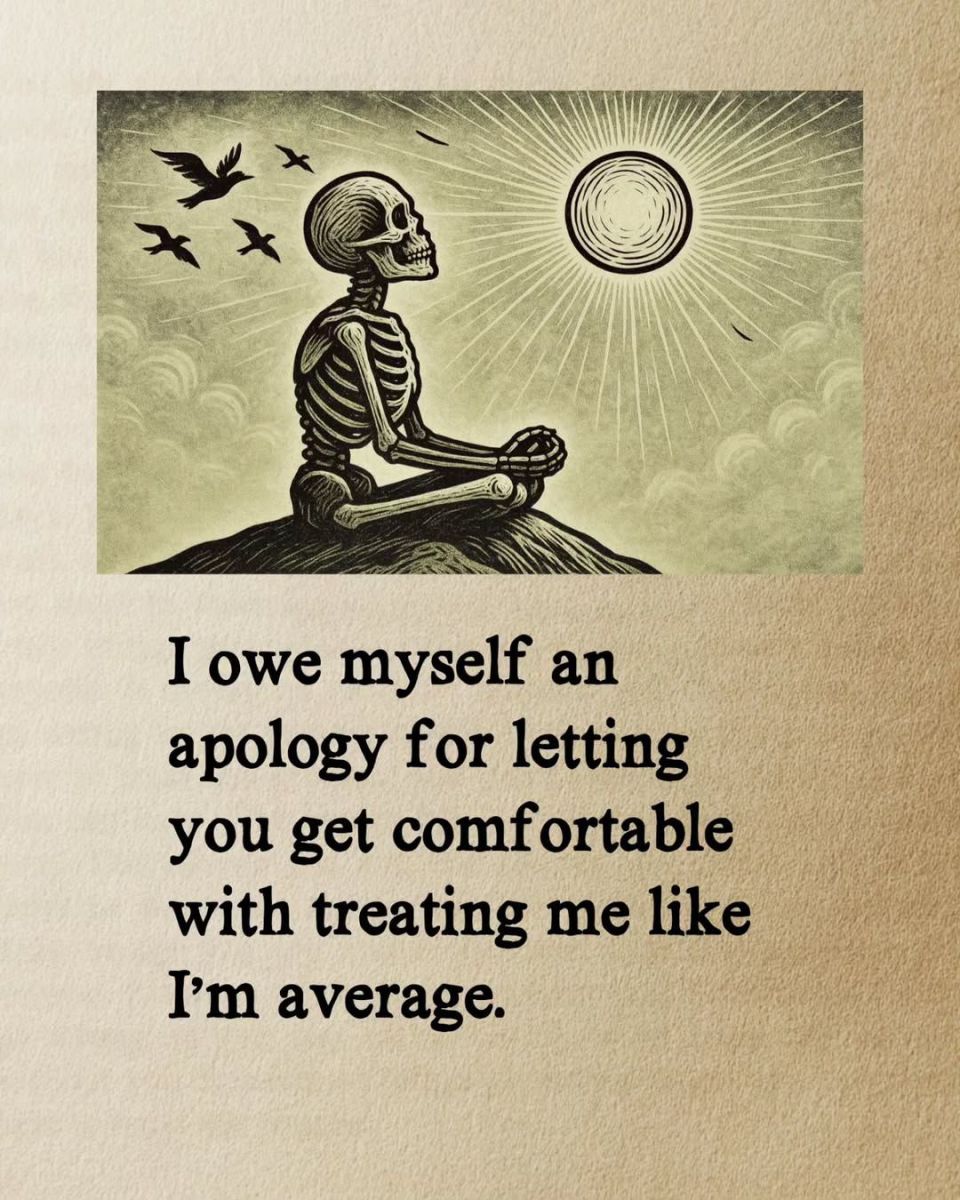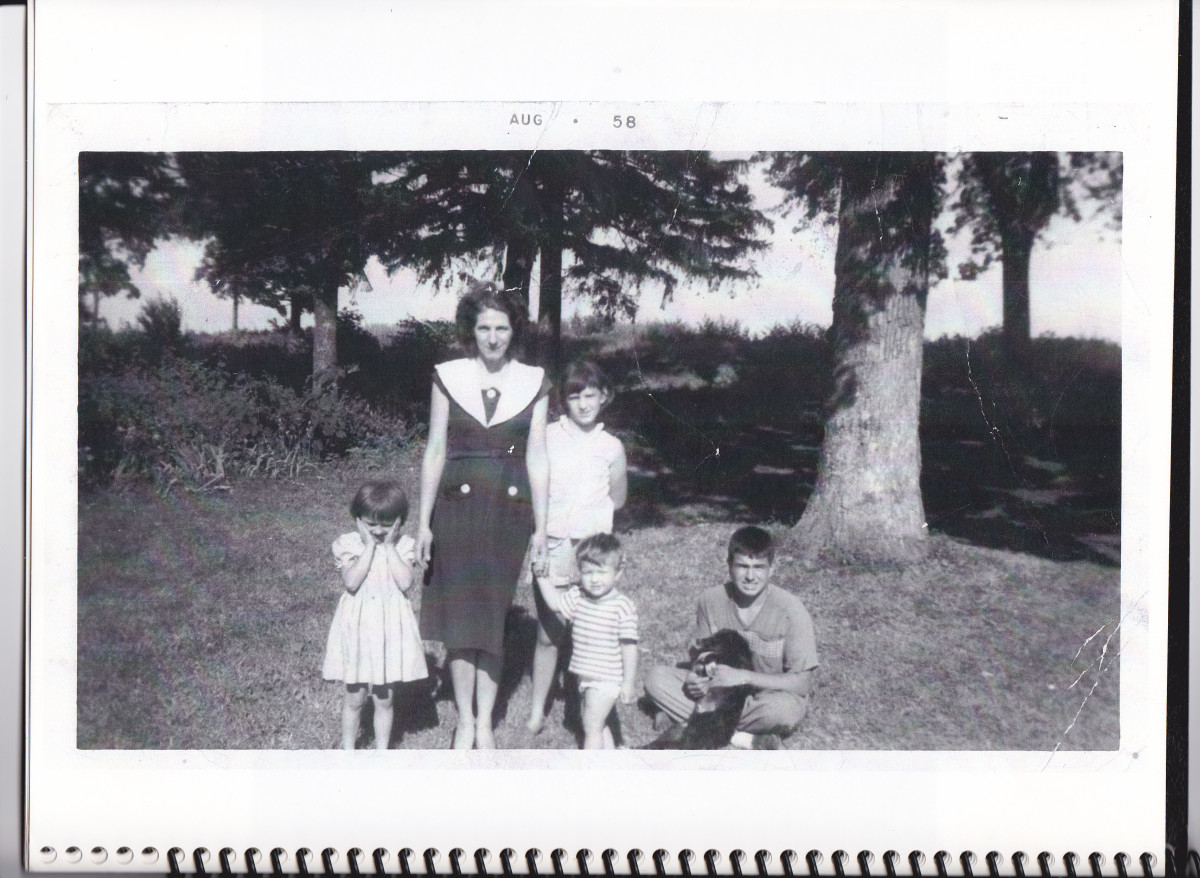Divided Nations and Skin Pigmentations
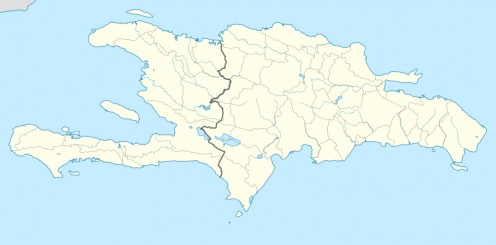
Divided Nations and Skin Pigmentations
Haiti and the Dominican Republic are both nations that share a relatively small island called Hispaniola (Wucker). One may assume that due to this fact, the peoples from both nations feel of the others as allies. This is very far from the actual case on their island. There are racial concerns between the Haitian denizens and the Dominican residents. The reasons are multitudinous, but the fact of the ongoing problem is a singular sad and terrible truth.
Some reasons for the great distaste between the countries are sociohistorical by nature. For example, militant turmoil was rampant during the 1800s; “in 1805, 1822, and in 1844” “Haiti invaded the Dominican Republic” (Michel). Those Dominicans who were in power were the ones who primarily hated these invasions (Michel). These aforementioned individuals would have had more potential ability to influence larger quantities of people than those poor lower income Dominicans. This possibility for abuse was indeed the case when “Rafaël Trujillo” aided in the usage of “propaganda to promote anti-Haitian … sentiments” (Michel).
Whether or not Rafaël Trujillo’s government was the main proponent that escalated the racial divide between the countries can be debated. What is not up for questioning is the fact that this ethnic division exists. Following the end of the slave trade, the Dominican Republic was one of many nations to attempt to exclude those people with darker skin pigmentation “as a way to Whiten” their country (Sawyer and Paschel 304). Even at its foundation, the Dominican Republic was set racially apart from Haiti. (Sawyer and Paschel 306) On that little island of Hispaniola “[t]he Dominican Republic was established… emphasizing its Hispanic and Mestizo… populace and defining itself as racially distinct from its Black neighbor” (Sawyer and Paschel 306).
The Dominican Republic and the nation of Haiti may share a single land mass. However, this fact has not been applied as a way to make lasting peace. Racial problems have existed on Hispaniola historically and at the present day. Greater attention need to be given to this small part of the World if change is to be possible.
Works Cited
Michel, Marsha. “Haitians Harassed in the Dominican Republic.” Washington Informer: 14. Jun 2006. ProQuest. Web. 7 Mar. 2017.
Sawyer, Mark Q., and Tianna S. Paschel. “”WE DIDN’T CROSS THE COLOR LINE, THE COLOR LINE CROSSED US”.” Du Bois Review 4.2 (2007): 303-315. ProQuest. Web. Mar. 2017.
Wucker, Michele. “Haiti has Company in the Crisis.” The Washington Post: Mar 07 2004. ProQuest. Web. 7 Mar. 2017.
© 2019 Alexander James Guckenberger


